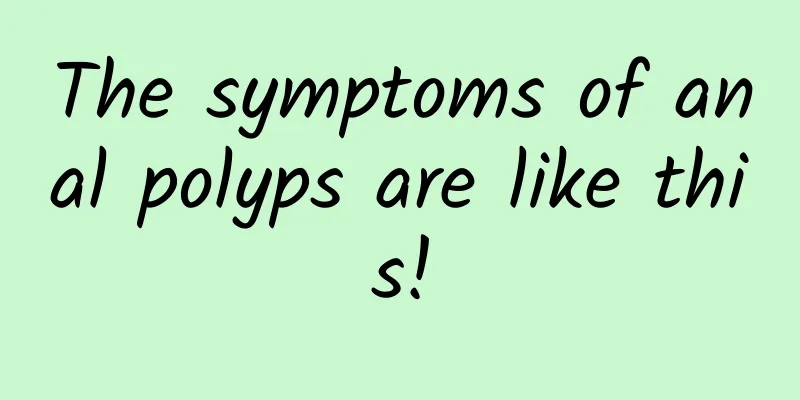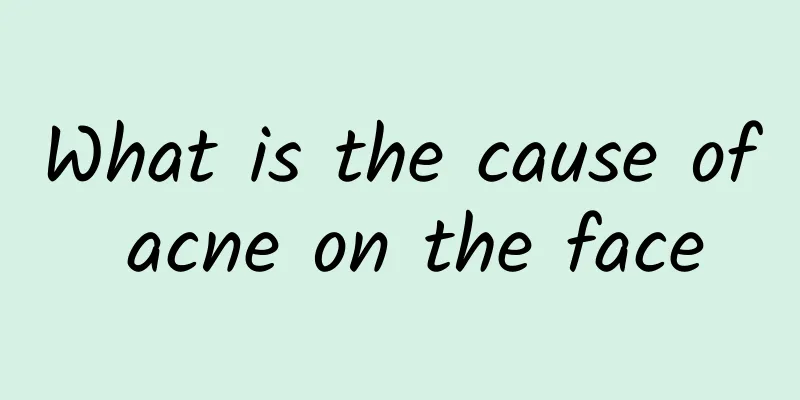Structure and function of the adrenal cortex

|
I believe many people have heard of the adrenal cortex, but people don’t know much about it. How many structures does it consist of, and what functions do these structures have? Since we are exposed to limited things in our daily lives, these issues are not covered by everyone. The following editor has compiled some relevant knowledge for your convenience. The tissue structure of the adrenal cortex can be divided into three layers, from the outside to the inside: the zona glomerulosa, the zona fasciculata, and the zona reticularis. The cells of the zona glomerulosa are arranged in short rings or spheres. This layer is relatively thin and mainly secretes mineralocorticoids, mainly aldosterone in humans. The zona fasciculata is located in the middle of the cortex, and the glandular cells are arranged in bundles perpendicular to the gland surface. This layer is thicker and makes up the majority of the cortex. The reticular zone is located in the innermost layer of the cortex, and the glandular cells are arranged irregularly. The zona fasciculata and zona reticularis secrete glucocorticoids, mainly cortisol in humans. The zona reticularis also secretes a small amount of sex hormones. The reason why each layer secretes different hormones is mainly because the cells in each layer contain different enzymes that promote hormone synthesis, thus producing different enzymatic reactions. Although the substrates are the same, the hormones synthesized are different. If a certain enzyme deficiency is caused by congenital or acquired factors, it may cause insufficient synthesis and secretion of certain corticosteroids. The adrenal cortex is thick and located on the surface, accounting for about 80% of the adrenal gland. From the outside to the inside, it can be divided into three parts: the zona glomerulosa, the zona fasciculata, and the zona reticularis. 1. Zona glomerulosa: close to the capsule, accounting for about 15% of the cortical thickness. The cells are low columnar or cubic, arranged in spherical cell clusters, with small and round nuclei, dark staining, little cytoplasm, weak alkali tropism, and a small amount of lipid droplets. Under the electron microscope, the most obvious feature is the presence of a large number of smooth endoplasmic reticulum, rough endoplasmic reticulum, free ribosomes and Golgi complex. The cells in this zone secrete mineralocorticoids, the main representative of which is aldosterone, which regulates electrolyte and water-salt metabolism. 2. Fasciculus zona: It accounts for about 78% of the thickness of the cortex and is composed of polygonal cells arranged in bundles. The cells are large, with lightly stained nuclei located in the center. The cytoplasm is filled with lipid droplets. In ordinary stained specimens, the lipid droplets are dissolved, leaving many small vacuoles, making the fascicular cells appear foamy. Under the electron microscope, the smooth endoplasmic reticulum is far more numerous than the globular zone, often arranged around lipid droplets and mitochondria, and the rough endoplasmic reticulum is also relatively developed. The cells of this zone secrete glucocorticoids, mainly cortisone and hydrocortisone, which regulate the metabolism of sugar, fat, and protein. 3. Reticular zone: It accounts for about 7% of the thickness of the cortex, close to the medulla, and the cells are arranged in irregular strips and interwoven into a network. The cells are smaller than those in the fascicular zone, with smaller nuclei, darker staining, and weakly eosinophilic cytoplasm. Contains a small amount of lipid droplets and more lipofuscin. Under electron microscopy, cells in this zone contain a large number of smooth endoplasmic reticulum. The cells in this zone secrete androgens, but the amount secreted is small and has little significance under physiological conditions. |
>>: What is cortical hyperplasia?
Recommend
What to do if you have a sore throat in spring
When spring comes, many of us experience sore thr...
How to treat infectious eczema
The appearance of infectious eczema brings great ...
What is the reason for the headache on the right side
There are many reasons for headaches, but headach...
Is enema good?
Many friends who suffer from frequent constipatio...
Why does “snake-shaped waist” or shingles appear?
"Snake around the waist" is also known ...
What are the functions and effects of bitter melon soaked in wine? What is the brewing method?
Bitter melon wine is a kind of health-care medici...
What should I do if my skin becomes dark and yellow?
The quality of a person's complexion is close...
How to do IVF best
In vitro fertilization is a method of artificial ...
Is a twitching fontanelle an obvious sign of calcium deficiency?
In medicine, fontanelle refers to the gap between...
How to quickly treat wind bag
Urticaria is a common name for urticaria. The cau...
It is a pity if you don't know about this free way to strengthen your body. It can prevent aging and strengthen your internal organs.
The tongue is a protrusion on the floor of the mo...
What are the benefits of Korean ginseng tea
Korean ginseng is a traditional Chinese medicine ...
What to do if you have cervical pain during confinement
Confinement is a traditional way for women to rec...
What is the effect of pinching Ren Zhong? Can pinching Ren Zhong save people?
In daily life, we often encounter people fainting...
Can sand-like gallstones be expelled? Chinese medicine is effective in expelling stones
Mud-like gallstones are a very common type of gal...









